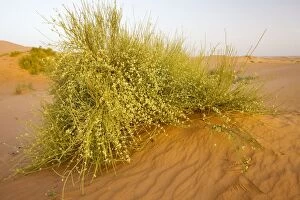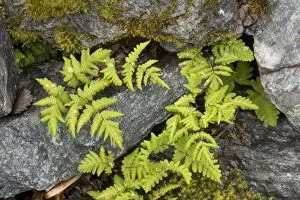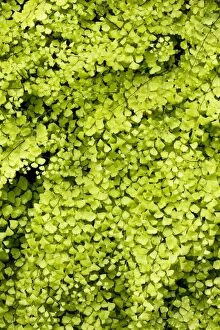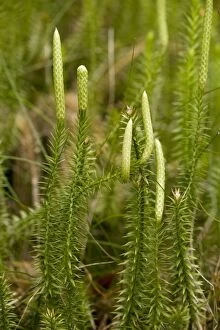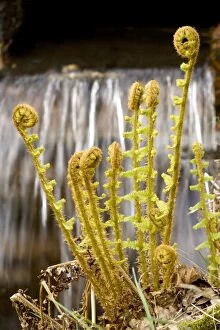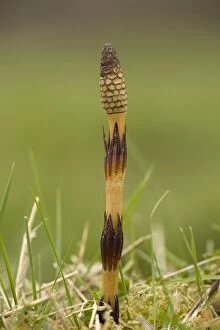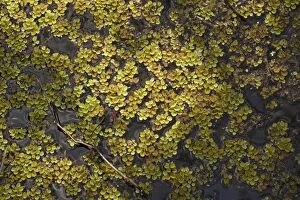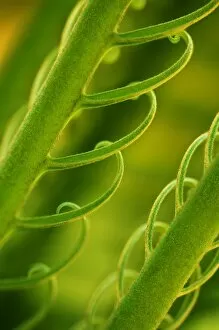Pteridophyte Collection (#8)
Pteridophytes, the ancient group of plants that includes ferns and their relatives, have a rich history dating back millions of years
For sale as Licensed Images
Choose your image, Select your licence and Download the media
Pteridophytes, the ancient group of plants that includes ferns and their relatives, have a rich history dating back millions of years. One notable fossil plant, Archaeopteris hibernica, provides evidence existence during the Devonian period. Today, we can still marvel at the beauty and diversity of these plants in various locations around the world. In Kells Bay Gardens on the Ring of Kerry in County Kerry, Ireland, majestic tree ferns from the Cyatheaceae family create a stunning display. Their elegant fronds reach towards the sky, adding an enchanting touch to this picturesque garden. Licuala sp. , with its fan-shaped leaves and vibrant green coloration, is another captivating member of this plant group. Its tropical allure transports us to lush rainforests where it thrives. Nothochloena marantoe showcases delicate fronds that gracefully sway in the breeze. This species demonstrates how they can thrive in diverse habitats worldwide. Examining horsetail spores under scanning electron microscopy reveals intricate details that are otherwise invisible to our naked eyes. The common horsetail and field horsetail exemplify nature's intricacy on a microscopic level. Bracken (Pteridium aquilinum), a familiar sight in Scots pine forests during autumn, blankets the ground beneath towering trees with its feathery foliage. This symbiotic relationship between pines and bracken creates a breathtaking tapestry of colors as summer transitions into fall. The marsh fritillary butterfly (Euphydryas aurinia) finds solace among ferns in South Casteil within Pyrenees Orientales region. These insects rely on specific host plants like ferns for their survival—a testament to pteridophytes' importance within ecosystems.

